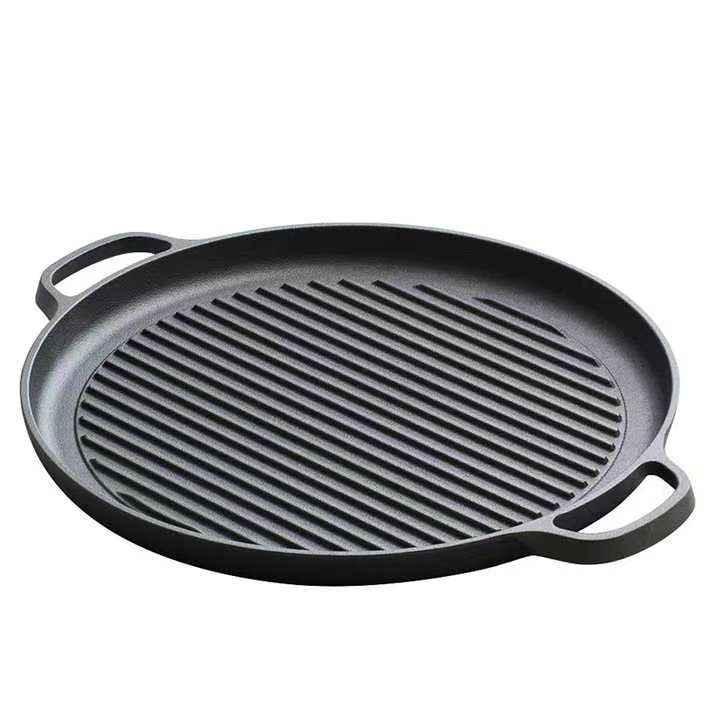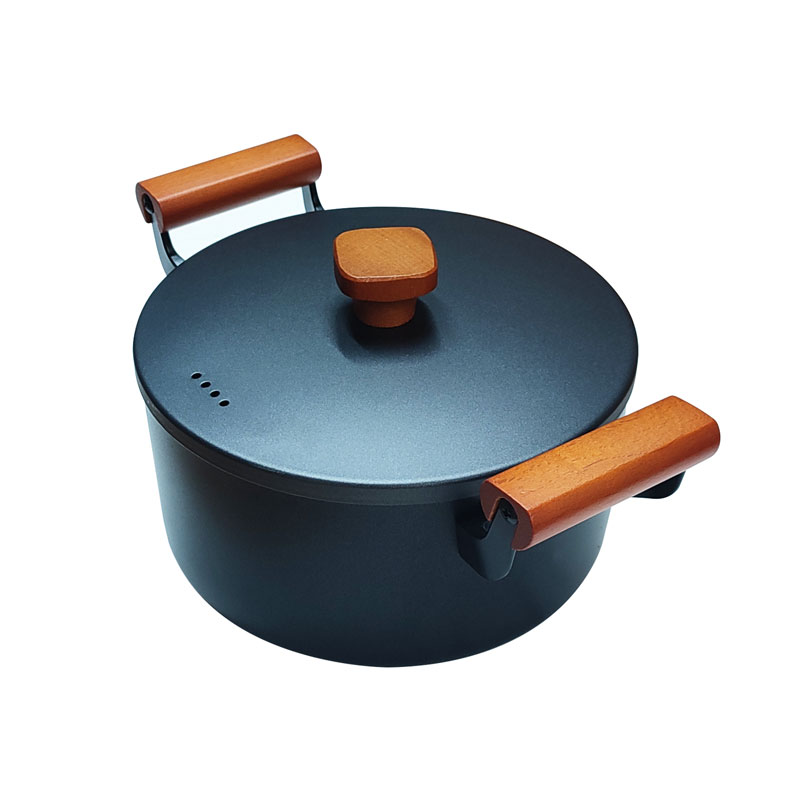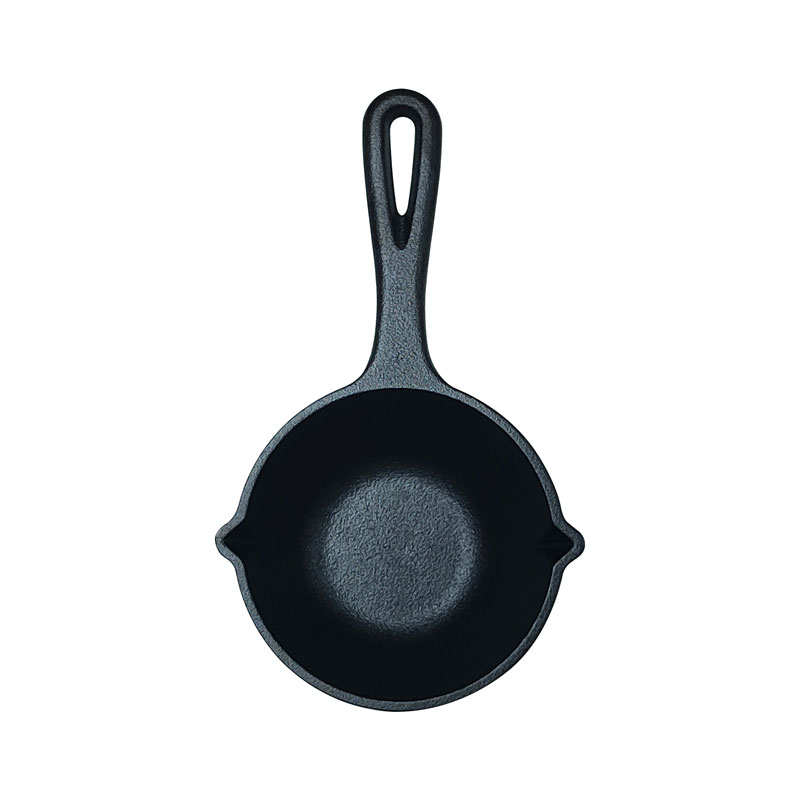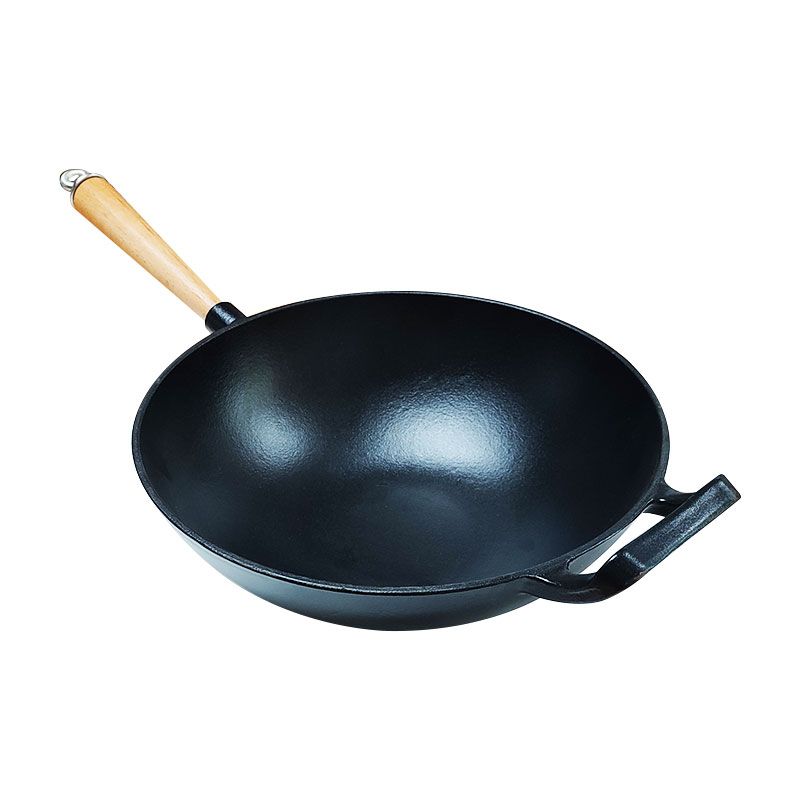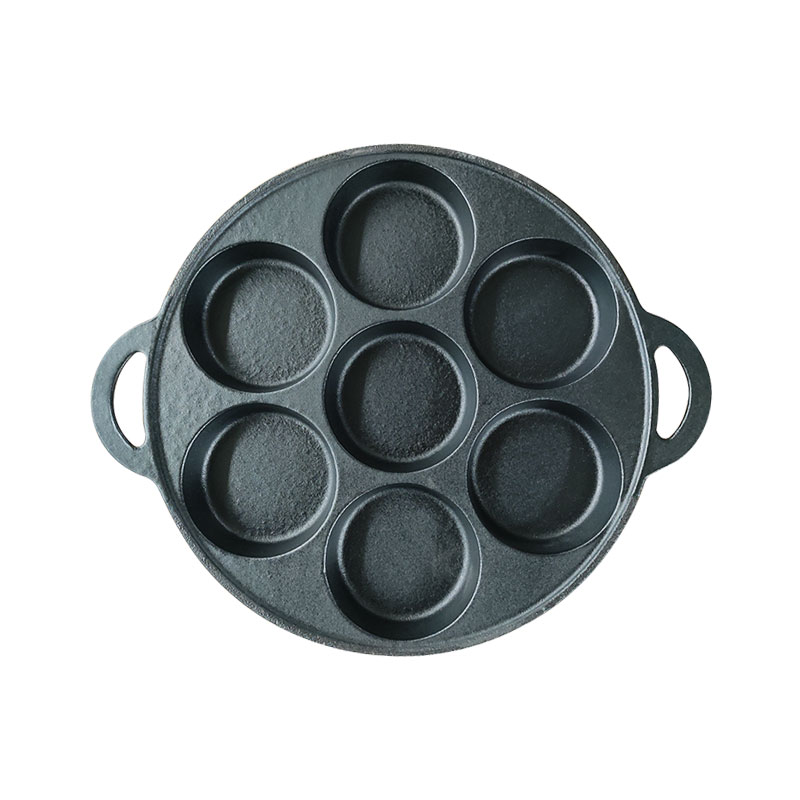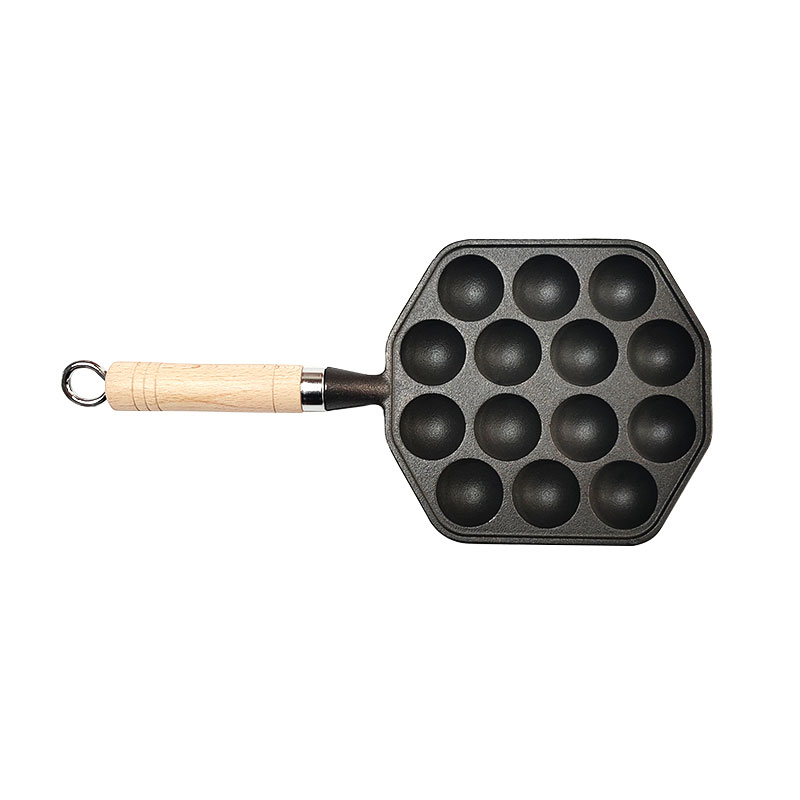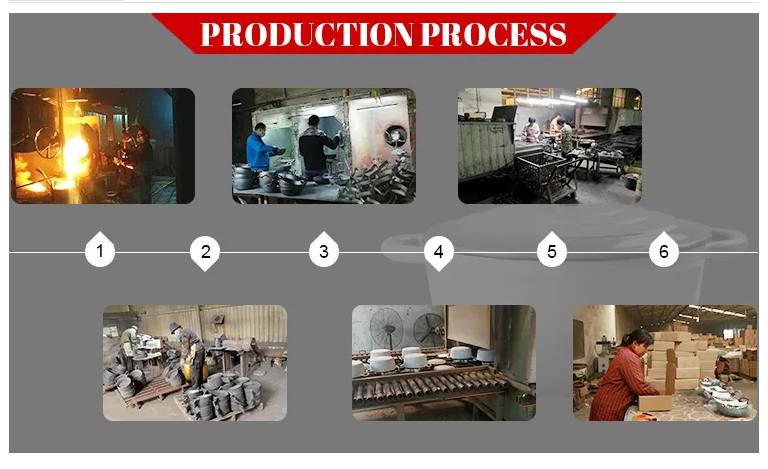- 아프리카 사람
- 알바니아
- 암하라어
- 아라비아 말
- 아르메니아 사람
- 아제르바이잔
- 바스크 사람
- 벨라루스어
- 벵골 사람
- 보스니아어
- 불가리아 사람
- 카탈로니아 사람
- 세부아노어
- 코르시카어
- 크로아티아어
- 체코 사람
- 덴마크 말
- 네덜란드 사람
- 영어
- 에스페란토 말
- 에스토니아 사람
- 핀란드어
- 프랑스 국민
- 프리지아어
- 갈리시아어
- 그루지야 사람
- 독일 사람
- 그리스 사람
- 구자라트어
- 아이티 크리올어
- 하우사어
- 하와이안
- 헤브라이 사람
- 아니요
- 먀오족
- 헝가리 인
- 아이슬란드어
- 이그보
- 인도네시아 인
- 아일랜드
- 이탈리아 사람
- 일본어
- 자바어
- 칸나다어
- 카자흐어
- 크메르어
- 르완다
- Korean
- 쿠르드어
- 키르기스어
- 노동
- 라틴어
- 라트비아 사람
- 리투아니아 사람
- 룩셈부르크어
- 마케도니아 어
- 마다가스카르 사람
- 말레이 사람
- 말라얄람어
- 몰티즈
- 마오리족
- 마라티어
- 몽고 어
- 미얀마
- 네팔어
- 노르웨이 인
- 노르웨이 인
- 오크어
- 파슈토어
- 페르시아 인
- 광택
- 포르투갈 인
- 펀잡어
- 루마니아 사람
- 러시아인
- 사모아인
- 스코틀랜드 게일어
- 세르비아 사람
- 영어
- 쇼나어
- 신디어
- 싱할라어
- 슬로바키아 사람
- 슬로베니아
- 소말리아
- 스페인 사람
- 순다어
- 스와힐리어
- 스웨덴어
- 타갈로그어
- 타지크어
- 타밀 사람
- 타타르어
- 텔루구어
- 태국어
- 터키어
- 투르크멘 말
- 우크라이나 말
- 우르두어
- 위구르족
- 우즈베크어
- 베트남 사람
- 웨일스 말
- 돕다
- 이디시어
- 요루바어
Reversible Cast Iron Grill Pan FAQs
미리 양념이 되어 있나요?


Yes, it comes pre-seasoned for easy use and non-stick cooking.
Can I Use It on All Heat Sources?


Yes, suitable for gas, electric, induction, and over an open flame.
How Do I Flip the Pan?


Simply flip to switch between the grill and flat griddle sides.
How Do I Clean It?


Hand wash, dry thoroughly, and apply a light coat of oil.
Is It Oven-Safe?


Yes, it can withstand high oven temperatures.


주철 조리기구 특가를 지금 문의하세요
아래 양식을 작성하시면 저희 팀에서 가격, 제품 세부 정보, 맞춤 옵션에 대한 정보를 제공해 드립니다.










